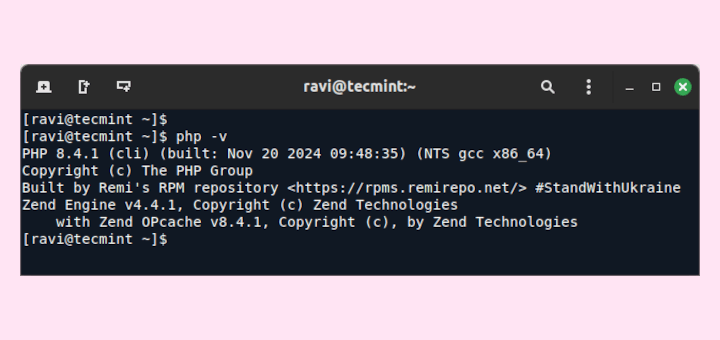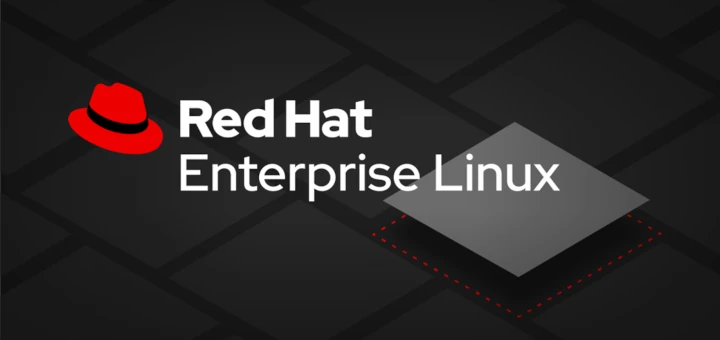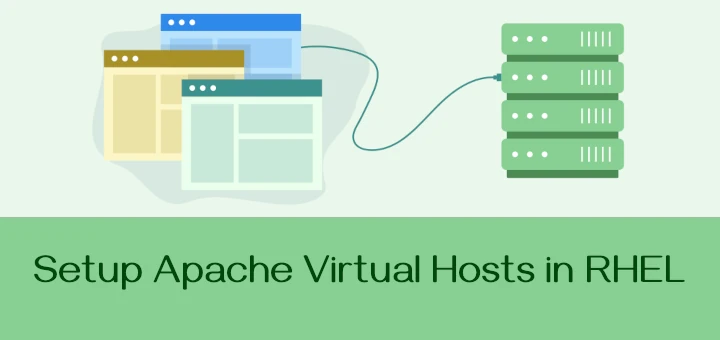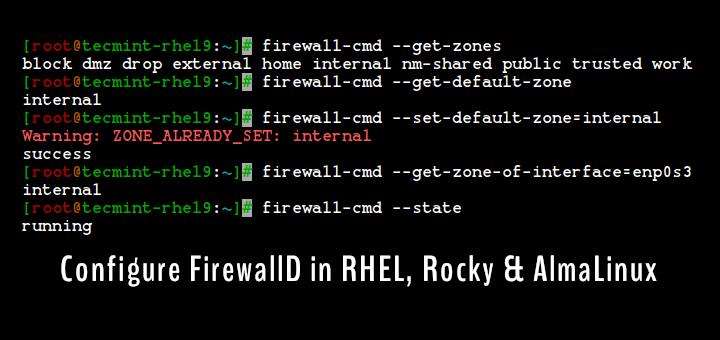EPEL, short for Extra Packages for Enterprise Linux, is a free and open source repository provided by Fedora team. EPEL provides extra or supplementary software packages for CentOS, RedHat, Oracle Linux & Scientific Linux distros.
It ships both rpm and dnf based software packages and enhances the ease of installation. In this guide, you will learn how to install EPEL on Red Hat Enterprise Linux version 8.x.
Why Install EPEL Repository ?
So, why should one consider installing the EPEL repository? The reason is quite simple. EPEL gives the user access to a spectrum of high-quality software packages of commonly used software applications in RHEL and CentOS, Oracle as well as Scientific Linux as discussed earlier.
Some of the applications which constitute EPEL include htop which provides an overview of the system’s performance.
Prerequisites
Before we get started, ensure that the following requirements are met.
- A running instance of RHEL 8.0.
- A regular system user with sudo privileges.
- A good internet connection.
Let’s dive and install EPEL repository on RHEL 8.0.
Installing EPEL Repository on RHEL 8.x
To install EPEL repository, log in to your RHEL 8 instance via SSH and run the command below.
$ sudo dnf install https://dl.fedoraproject.org/pub/epel/epel-release-latest-8.noarch.rpm
When prompted, type y and hit Enter to allow the installation to proceed.
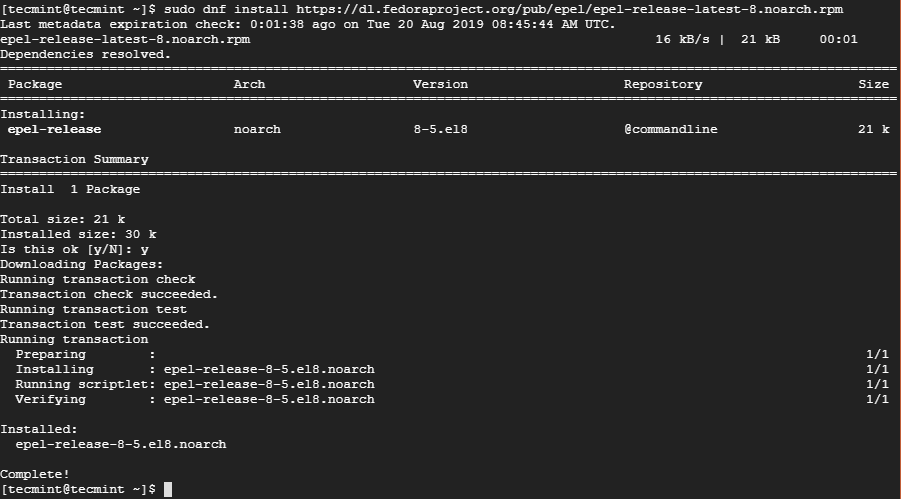
Next, update the system using the following command.
$ sudo dnf update
Once the update is complete, you can verify the installation of the EPEL repository by executing the command.
$ sudo rpm -qa | grep epel

To list the packages that constitute the EPEL repository, run the command.
$ sudo dnf --disablerepo="*" --enablerepo="epel" list available

Further, you can decide to search for an individual package by piping the results to grep command as follows.
$ sudo dnf --disablerepo="*" --enablerepo="epel" list available | grep package_name
For instance, to search for the htop package, run the command.
$ sudo dnf --disablerepo="*" --enablerepo="epel" list available | grep htop

Install a Package from the EPEL Repository on RHEL 8
Once the EPEL repository has been successfully installed, a package can be installed using the command.
$ sudo dnf --enablerepo="epel" install <package_name>
For instance, to install the screen software package, run the command.
$ sudo dnf --enablerepo="epel" install screen
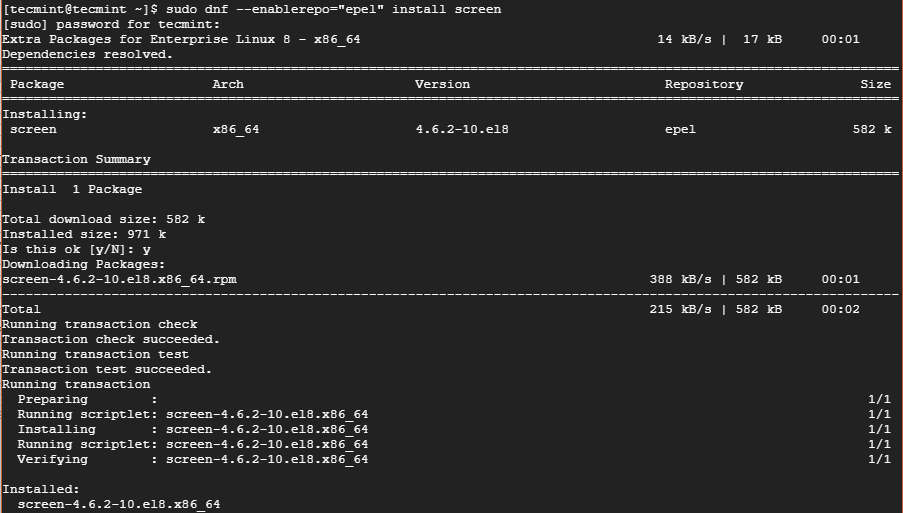
Alternatively, you can issue the command as shown.
$ sudo dnf install <package_name>
For example, to install htop package, the command will be.
$ sudo dnf install htop

Conclusion
And it’s a wrap ! In this guide, you learned how to install EPEL repository on RHEL 8.x version. We welcome you to try it out and share your feedback in the comment section below.


